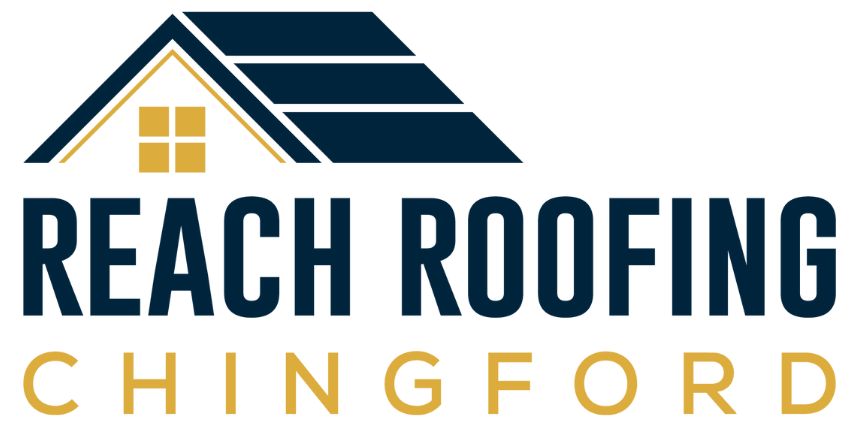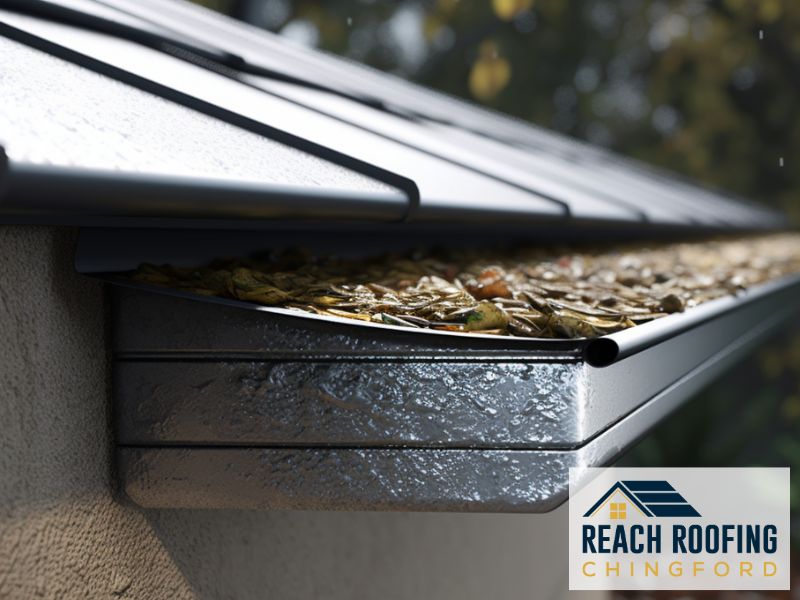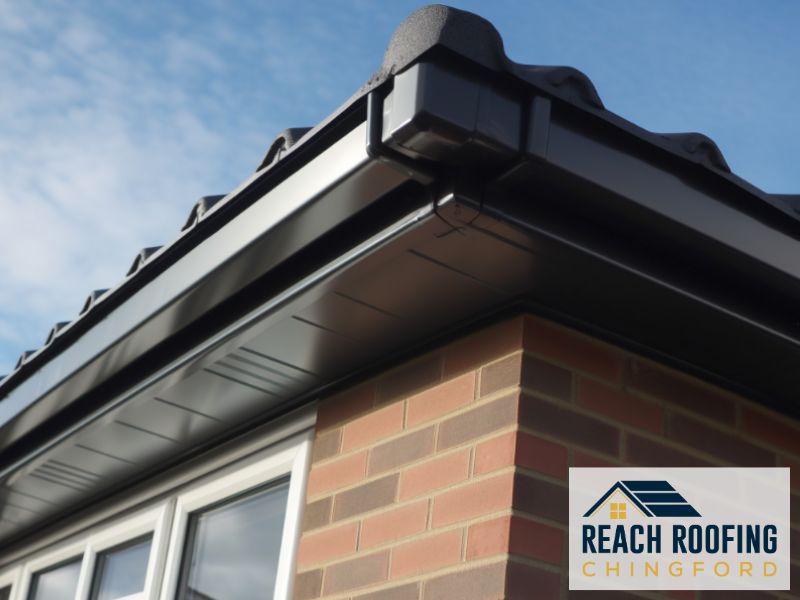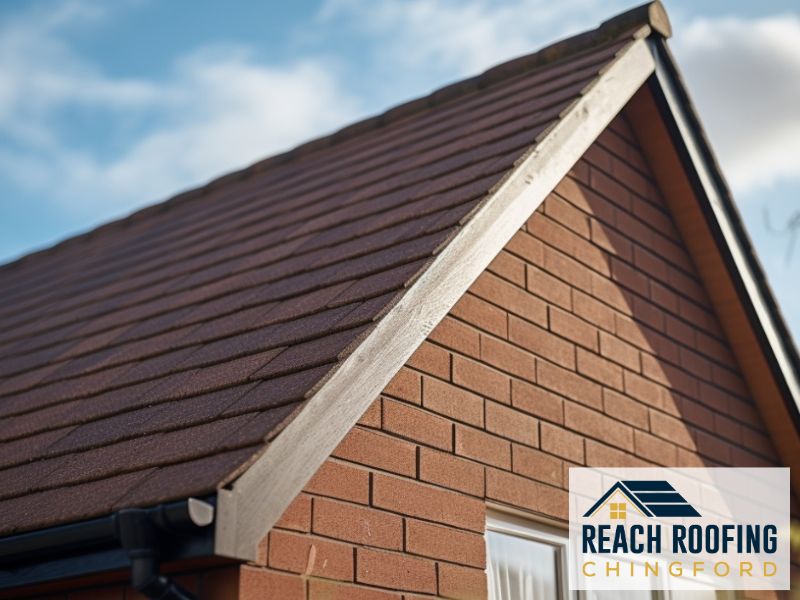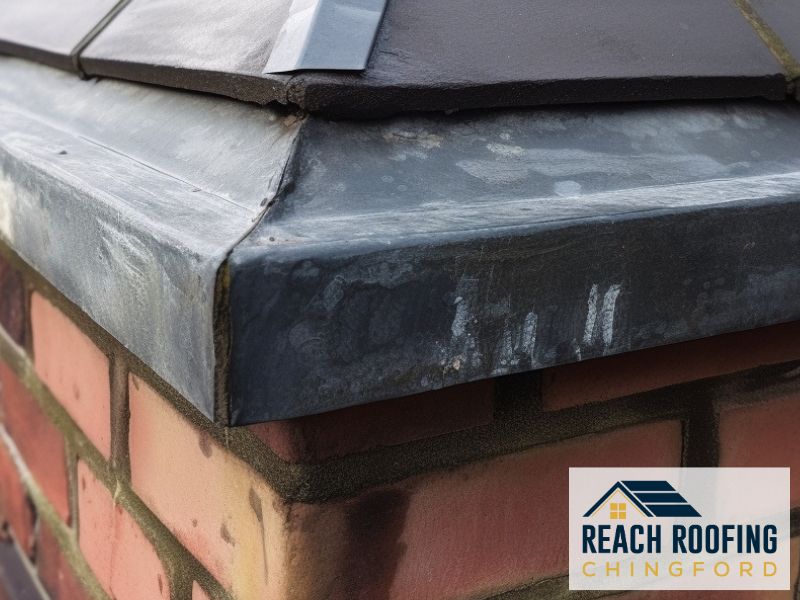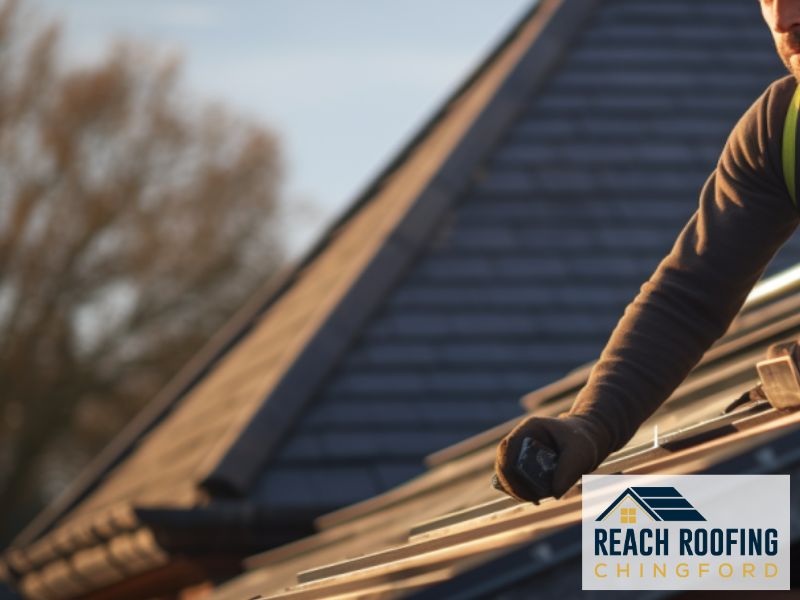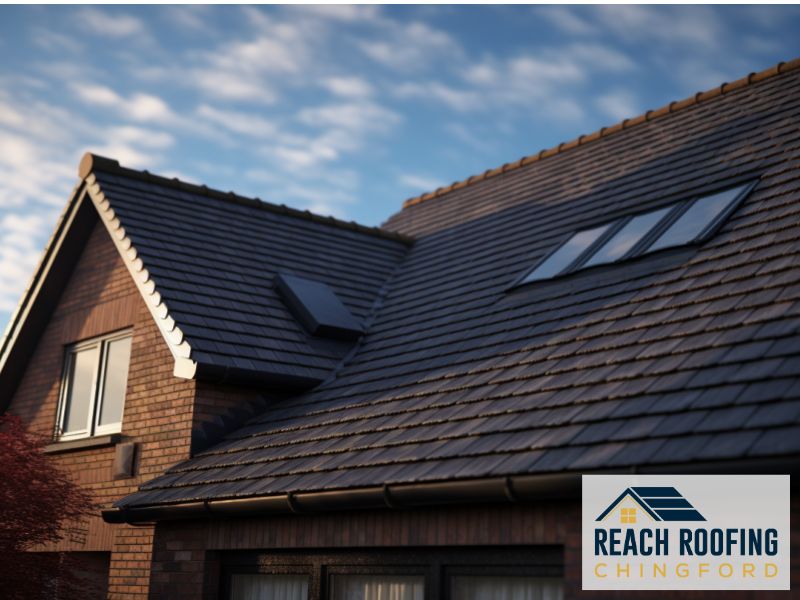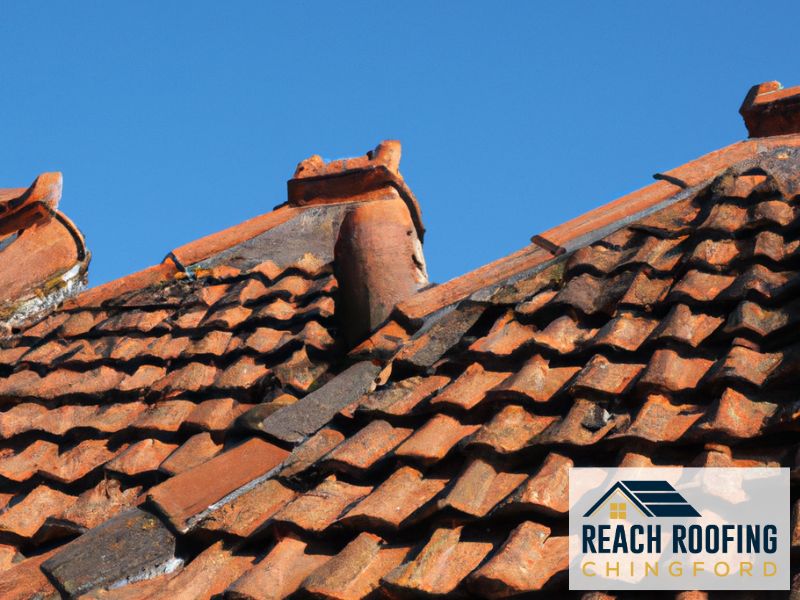Flat roofs are a popular architectural feature in the UK, owing to the country’s temperate and often rainy climate. When properly installed and maintained, flat roofs provide durable, weather-resistant coverage. They are also easier to inspect and repair than complex multi-angle roof structures. The most common materials used for flat roofs in the UK include:
Felt Roofing
- Traditional bitumen felt has been the most popular flat roofing material in the UK for decades. Felt is comprised of sheets coated in bitumen – an oil-based waterproofing material.
- Felt is relatively inexpensive and simple to work with, making do-it-yourself installation achievable. It also allows for easy repairs, as sections can be replaced.
- Downsides include a limited lifespan of 10-25 years. Additionally, complex installation is needed to properly seal seams and flashings. Regular maintenance is vital to avoid leaks.
EPDM
- EPDM (ethylene propylene diene monomer) is a type of synthetic rubber that has grown in popularity for UK flat roofs. It offers extreme durability and weather protection.
- As a single-piece membrane, EPDM has no seams that could lead to leaks. It easily conforms around roof protrusions like vents and skylights.
- Professional installation is recommended, given the large single-sheet that must be properly positioned. But once in place, EPDM requires almost no maintenance.
GRP
- GRP (glass reinforced plastic) provides excellent leak protection. It is a composite of polyester resin reinforced by a fiberglass matrix.
- With proper installation, GRP can last over 50 years. Aesthetic customization like adding decorative stones is also an option.
- Downsides include high material and installation costs. Being a rigid structure, any damage is more complex to repair.
Single-Ply Membrane
- Single-ply membranes are growing in popularity due to effective waterproofing, durability, and ease of installation and repair.
- Materials like PVC and TPO can be custom-fit to a roof with heat welding to create seamless barriers to moisture. Up to 30 year material warranties are common.
- Drawbacks include vulnerability to chemicals, flames, falling debris. UV exposure requires placement of a protective surfacing layer. Environmental concerns related to production exist as well.
When selecting a flat roof material, the following factors should shape your decision:
Climate Considerations
- Chilly UK winters can limit material effectiveness if not designed for low temperatures. Snow accumulation capacity is also vital.
- UK locations like Scotland and Northern England experience more inclement weather than southern regions. Material durability is even more essential.
- Rainfall averages also affect choices. Steep-surfaced slate or high-performance membranes provide optimal protection.
Cost Considerations
- Short term cost should not be the only consideration. While options like felt shingles are cheaper up-front, the material will require replacing more frequently.
- Investment in a quality EPDM or single-ply system often pays dividends after 20+ years of reliable service with minimal inspection or repairs required.
- Professional installation further adds cost but helps guarantee proper positioning for maximum product lifespan.
Installation Complexity
- Felt shingles allow for DIY installation. But improperly positioned seams and flashing causes leaks over time.
- EPDM’s single sheet takes skill to maneuver into place – professional crews have this specialized knowledge.
- For intermediate DIYers, GRP can offer a middle ground in complexity and application mastery required.
Maintenance and Lifespan
Regular inspections and cleaning are important for any flat roof:
- Traditional bitumen felt requires vigilant checking for seal deterioration. Any breaches must be patched immediately to prevent water ingress.
- EPDM has very low maintenance requirements thanks to its no seam, single sheet construction. Lifespan of 50+ years is common.
- GRP can last 30-50+ years with limited maintenance aside from cleaning debris and visual inspections. Cracks or damage necessitate a professional patch repair.
- Single ply systems demand professional installation but offer long warranties due to their durability. Annual cleaning and inspections are advisable nonetheless.
Frequently Asked Questions
Which flat roof material is the most cost-effective?
While bitumen felt is the cheapest material upfront, its shorter lifespan means multiple replacements compared to longer-lasting options like EPDM and GRP that maintain weather protection for decades. When accounting for lifetime costs, EPDM provides effective waterproofing at greater value.
How often should flat roofs be inspected?
Industry guidelines advise inspecting flat roofs twice per year – in spring and fall. This allows you to clean winter debris ahead of rainy seasons, check for deterioration, identify potential leaks before they worsen, and make any necessary repairs.
Can I install a flat roof myself, or should I hire a professional?
Basic materials like bitumen felt sheets offer novice DIYers an achievable weekend project with proper planning. But for roofing systems that utilize single sheet membranes or liquid resins that require seamless application, professional installation expertise is advisable.
What is the environmental impact of different flat roof materials?
Sustainable flat roof options include solar-reflective membranes, recycled rubber EPDM sheets, and fully recyclable PVC sheets. Composite shingles made from recycled plastic and rubber also provide eco-friendly roofing with extreme hail and fire resistance.
Are there any government regulations for flat roof materials in the UK?
UK Building Regulations Section C stipulates standards for external building envelopes, including roof construction to meet minimum weatherproofing guidelines. The National House Building Council also audits roof installations to ensure proper seals, drainage, vents and other protections from moisture damage.
In conclusion, while felt remains the most common flat roofing in the UK today due to familiarity and cost, advanced materials like EPDM and GRP offer superior durability and weather resistance. Government guidelines, regional climate, installation complexity, and lifetime value should all factor into your flat roof purchase. With regular cleaning and semi-annual inspections, quality flat roofing materials provide 50+ years of reliable leak-proof coverage.
EPDM, known for its durability and cost-effectiveness, is a common flat roof material, one that roofer Chingford can expertly install
Thanks for reading our post, feel free to check out our other services:
- Chimney Repairs
- Commercial Roofing
- Flat Roofing
- Guttering, Soffits and Fascias
- Lead Roofing & Leadwork
- Pitched Roofing
- Roof Repairs
- Roof Replacement & New Roofs
- Skylights & Roof Windows
- Slate Roofing
